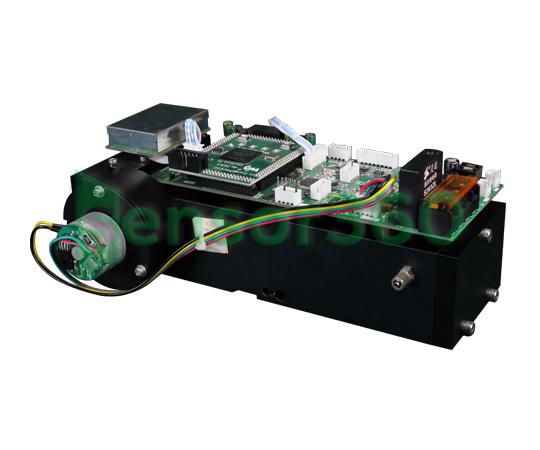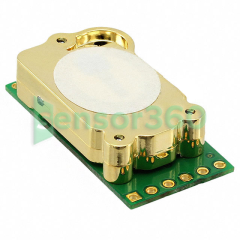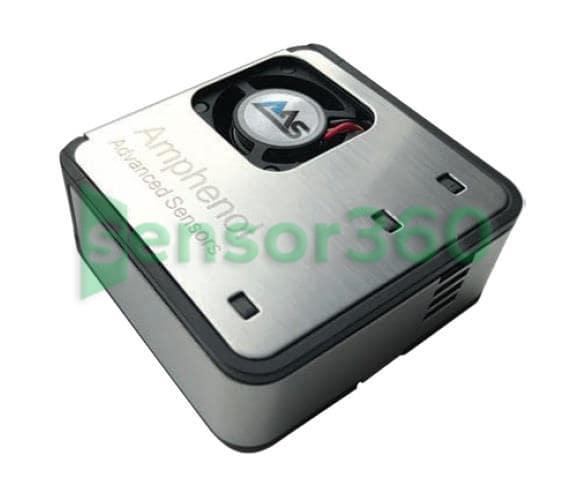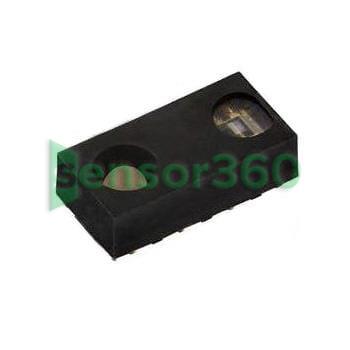Ganwei Technology GW-3000D Greenhouse Gas Sensor (CO2) Greenhouse Gas Sensor (CO2)
- Prices: Request for a Quote for Further Details
- Model : GW-3000D greenhouse gas sensor (CO2)
- Category: Gas Sensors
- Brand : Dare to be technology
- Delivery Time: Request for a Quote for Further Details
- Manufacturer: Dare to be technology
Products
Application areas:
This instrument is suitable for automatic monitoring of ambient air quality,greenhouse gas content determination,atmospheric background measurement and other fields,and fully complies with relevant national standards. The sensor has the characteristics of high accuracy,small drift and low cross-interference.
Products are mainly used in the following situations:
● Air quality testing;
● Pollution source monitoring;
● Industrial process gas analysis and other occasions.
Features:
performance
High stability
Original imported light sources and detectors have undergone long-term aging testing.
optical path
The optical path of 6.4 meters can detect the lowest concentration of 0.1ppm.
low interference
Customized narrow-band filters basically eliminate the interference of high-concentration CO/CH4 and other gases on CO2.drift
Low temperature refrigeration
Use a first-level refrigeration detector to allow the detector photosensitive source to work in an ideal 10°C environment;
Thermostatic treatment
By treating the sensor at a temperature higher than the ambient temperature and giving it a stable environment,a smaller zero point drift can be obtained.
By adopting the above two measures,lower drift can be obtained than similar products.compatibility
Multiple interfaces in one
In order to better meet customers' usage scenarios,we integrate three interfaces,RS232-485 and 4-20MA,into one sensor. Customers can choose according to their needs.
Multiple applications
It can be used as a normal temperature weight-reduction version for portable use; it can also be used as a regular version for online monitoring.
Technical indicators:
| Measurement principle | Infrared absorption (NDIR) |
| Measuring range | CO2: 0-2000ppm (range can be customized) |
| Sample gas flow | 0.8L/min±10% |
| Response time | ≤60s |
| Indication error | ≤±2%F.S. |
| drift | ≤±1%F.S./24h |
| Preheat time | ≤60min |
| Output Interface | RS-232 (default),RS-485,(4~20) mA |
*Specific ranges may vary slightly.
*Working at temperature 25℃ and 1013mbar test data.
Technical principle:
Long optical path absorption principle
According to the Lambert-Beer absorption law,the intensity of gas absorption can be changed by extending the length of light circulation. We use a multi-length reflective pool structure to make the optical path several or even dozens of times the physical size to obtain higher detection sensitivity and lower gas detection limit.
GFC optical structure
The infrared light emitted by the light source enters the gas chamber alternately through the GFC modulation wheel,is absorbed by the gas chamber filled with CO2,and passes through the gas chamber that does not contain CO2 at all. The two lights are collected by the lens and received by the detector,and processed Obtain the absorption signal and reference signal. This structure can offset some of the effects of water vapor and external circuit or temperature noise,improving the stability of the product.
Carbon dioxide absorption spectrum
The sensor analyzes the component concentration by detecting the absorbance spectrum near the absorption peak of carbon monoxide at 4.26um. In order to avoid the influence of other gases on the absorption of CO2,we choose a narrower absorption peak transmission in the optical design. Finally,the effect of negligible interference of CO,CH4 and other gases on CO2 detection was achieved.
term drift
After 30 days and 24 hours of drift tracking measurement,the long-term measurement stability of the sensor was investigated,and the long-term stability data of the CO sensor at zero point and 80% range concentration were obtained. The sensor gas chamber is kept at a constant temperature of 40°C and measurements are made at room temperature.
Repeatability
Operate under the same calibration gas and the same conditions,and complete repeated experimental tasks within the shortest possible time interval. Introduce nitrogen and 80% of the span gas in sequence,and repeat the operation 6 times to conduct a repeatability experiment; according to the experimental curve,it can be seen that the maximum zero point is between 1-5,and the deviation is 5ppm.













